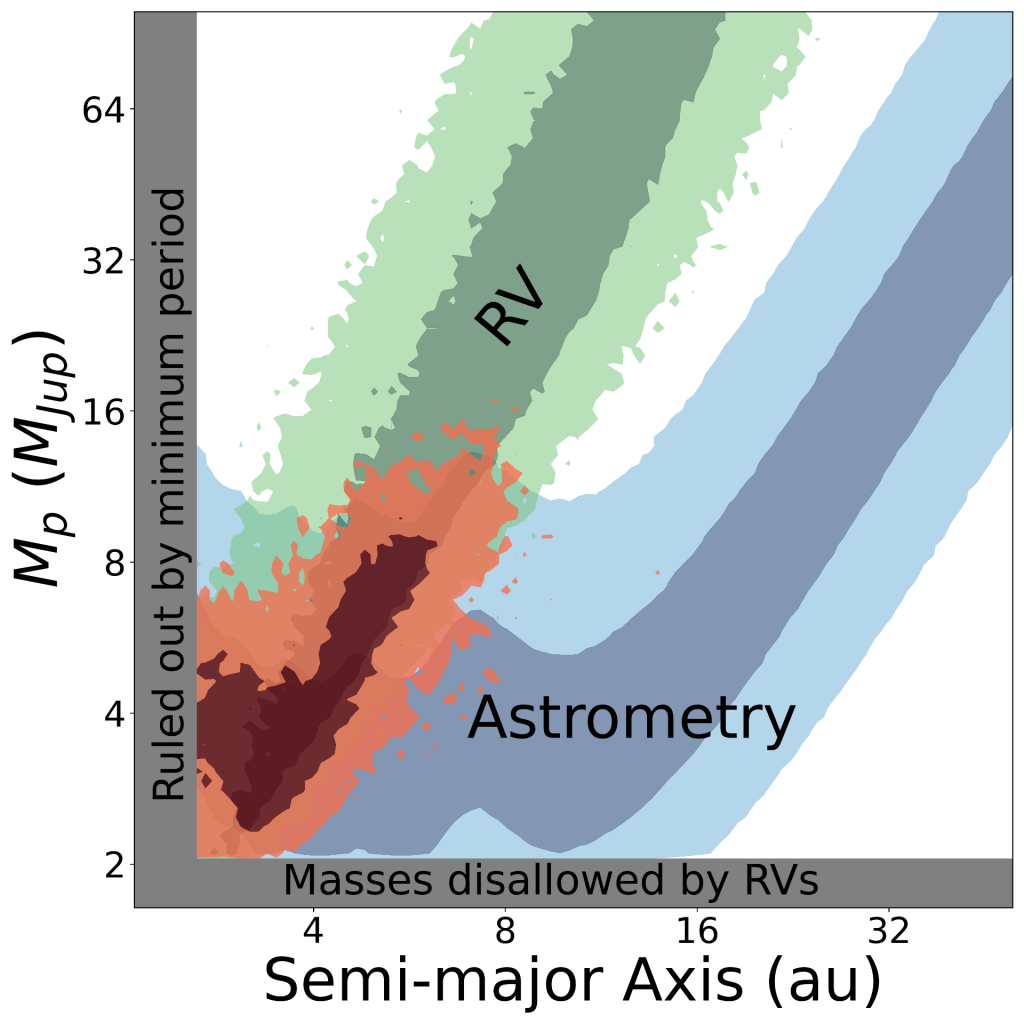We caught up with Judah Van Zandt UCLA grad student to ask him about his research on the Distant Giants survey and a sub-stellar companion to a nearby sun-like star.
Question: From studying the architecture of other solar systems have you learned anything about how common or rare our solar system’s architecture is?
Judah: After conducting the first year of the Distant Giants three year survey, we see evidence of large outer companions in ~1/5 of the 47 systems. This fraction may increase as we continue observing, but some signals may also turn out to be due to non-planetary bodies, such as brown dwarfs or low-mass stars. At this point we think it’s unlikely that solar system-like architectures are rare, but there is much more work to be done in this survey and beyond in order to constrain their occurrence rate with appropriate error bars.
We want to observe each star for a total of 3 years and not every star started at the same time, so the time remaining in the survey is not concretely defined, but 1.5-2 more years is the right ballpark. The result of this survey will give us insight into the prevalence of systems like ours, but answering this question is an ongoing pursuit, one which will be carried on by my team and others well after the conclusion of the Distant Giants survey.
Question: You are using big telescopes like Keck and little telescopes like the APF at Lick; do these observing programs overlap and if so how can a little telescope assist with the studies by telescopes like Keck?
Judah: Keck and APF are in many ways complementary. While Keck’s size and instrumentation offer outstanding RV precision, the high observing cadence we achieve with APF allows us to fill in gaps between Keck observations. For example, APF was crucial in developing our early understanding of the HD 191939 system, which was characterized in a recent paper led by my collaborator Jack Lubin.


You can read more about the study here:
Arxiv: https://arxiv.org/abs/2108.02208 “TESS-Keck Survey IX: Masses of Three Sub-Neptunes Orbiting HD 191939 and the Discovery of a Warm Jovian Plus a Distant Sub-Stellar Companion” (Lubin, Van Zandt, et al. 2021).
ADS: https://ui.adsabs.harvard.edu/abs/2021arXiv210802208L/abstract
Learn more about JUDAH VAN ZANDT
OBSERVATIONAL ASTRONOMER

